Landforms of Highland Glaciation
by Devender
0 2480
The Glaciation gives rise to depositional features on lowlands and erosional features in the highlands. It erodes its valley by two processes that are - plucking & abrasion.
Landforms of Highland Glaciation
- Plucking - Glacier freezes the joints & beds of underlying rocks, tears out individual blocks & drags them away
- Abrasion - Glacier scratches, scrapes, polishes & scours the valley floor with the debris frozen into it
- Characteristic features of Glaciated Highland
- There is a rocky ridge at the exit of the corrie
- When the ice eventually melts, water collects behind this barrier known as Corrie Lake or tarn
- In some cases, more than one such cracks occur that present a major obstacle to climbers
- Where the glacier negotiates a bend or a precipitous slope, more crevasses or cracks are formed
- Hydroelectric power can be generated from Hanging valleys as it forms a natural head of water
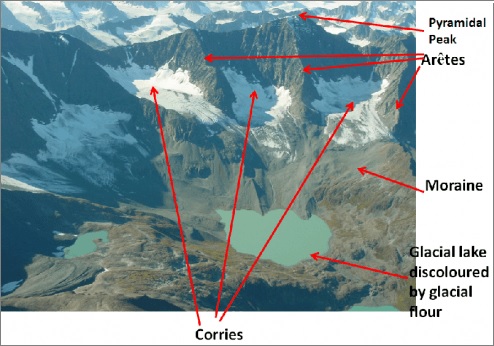
1 Corrie, Cirque or cwm
The downslope movement of a glacier from its snow-covered valley head & the intensive shattering of the upland slopes, tend to produce a depression where neve or firn accumulate. The plucking and abrasion process deepens the depression further forming a steep horseshoe-shaped basin that is known as Cirque (in French), cwm (in wales) and Corrie (in Scotland).
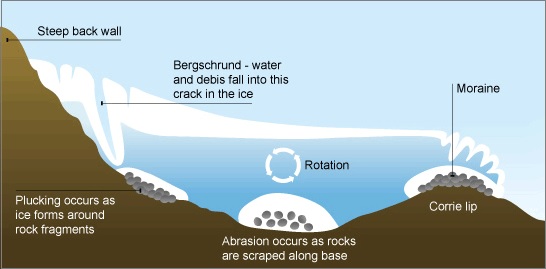
2 Aretes and Pyramidal Peaks
When two corries cut back on opposite sides of the mountain, knife-edged ridges are formed that are known as Aretes.
When three or more cirques cut back together, the recession will form an angular horn or pyramidal peak.
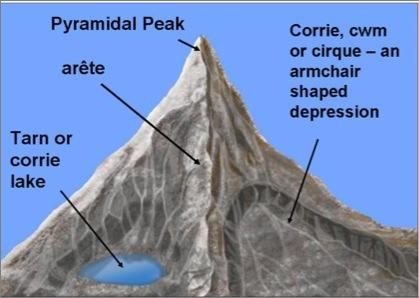
3 Bergschrund
At the head of a glacier, where it begins to leave the snowfield of a corrie, a deep vertical crack opens up that is known as a Bergschrund or Rimaye. This mainly happens in summers as the ice continues to move out of the corrie but there is no new snow to replace it.
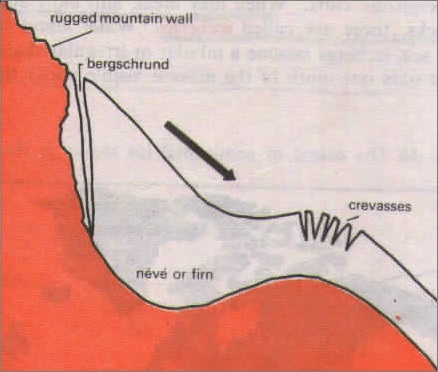
4 U-shaped glacial Troughs & Ribbon lakes
On their downward journey, the glaciers are fed by several corries scratches and grind the bedrock with straightening out any protruding spurs. The interlocking spurs are thus blunted to form truncated spurs with a floor of the valley deepened.
So, the valley that has been glaciated takes the characteristic U shape, with a wide flat floor and very steep sides. When the ice disappears, the deep sections of these long and narrow glacial troughs may be filled with water forming Ribbon lakes also known as Trough lakes or Finger Lakes.
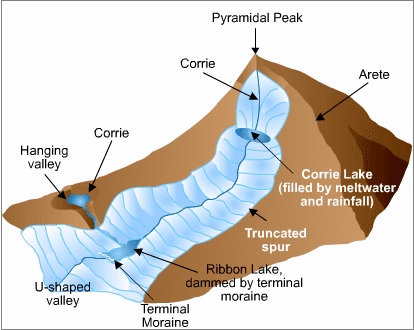
5 Hanging Valleys
The main valley is eroded much more than the tributary valley as it contains a much larger glacier and when the ice is melted, a tributary valley hangs above the main valley and plunges down a waterfall. Such Tributary valleys are termed Hanging valleys.
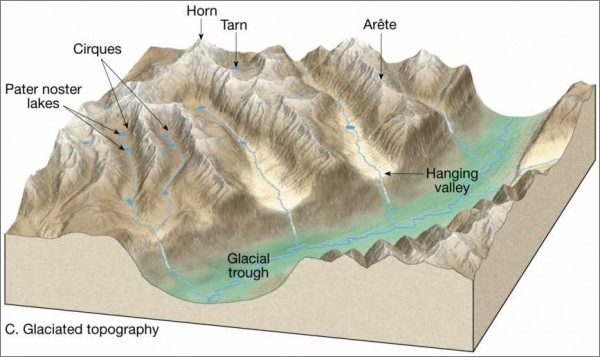
6 Rock Basins and Rock Steps
A glacier erodes & excavates the bedrock in an irregular manner. The unequal excavation gives rise to many rock basins later filled by lakes in valley trough.
Where a tributary valley joins the main valley, the additional weight of ice in the main valley cuts deeper into the valley floor and deepest at the point of convergence forming rock steps. A series of such rock steps may also be formed due to different degrees of resistance to glacial erosion of the bedrocks.
7 Moraines
Moraines are made up of pieces of rock that are shattered by frost action, embedded in the glaciers and brought down the valley. Those that fall on the sides of the glacier form lateral moraines and when two glaciers converge, their inside lateral moraines unite to form a medial moraine.
When two glaciers converge, their inside lateral moraines unite to form a medial moraine. The rock fragments which are dragged along, beneath the frozen ice, are dropped when the glacier melts and spread across the floor of the valley as ground moraine.
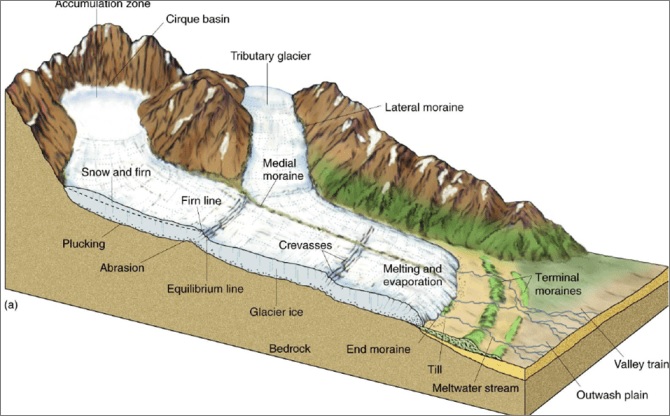
The glacier eventually melts on reaching the foot of the valley and the pile of transported materials left behind at the snout is terminal moraine or end moraine. The deposition of end moraines may be in several succeeding waves, as the ice may melt back by stages so that a series of recessional moraines are formed.
8 Fjord
If the glacier flows right down to the sea, it drops its load of moraine in the sea but if the section breaks off as icebergs, moraine material will only be dropped when it melts. Where the lower end of the trough is drowned by the sea, it forms a deep, steep side inlet called a Fjord, typical of Norway & the Chilean coast.
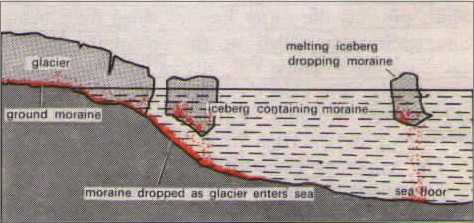

Share:

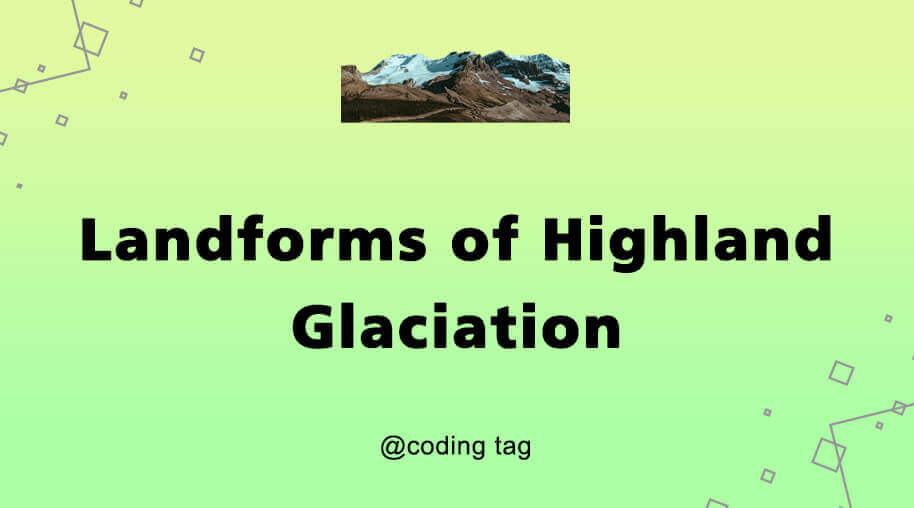
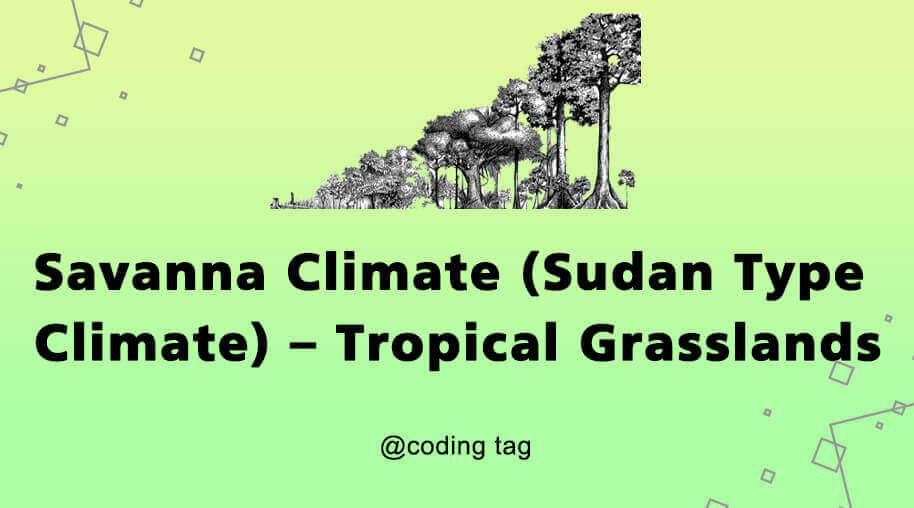
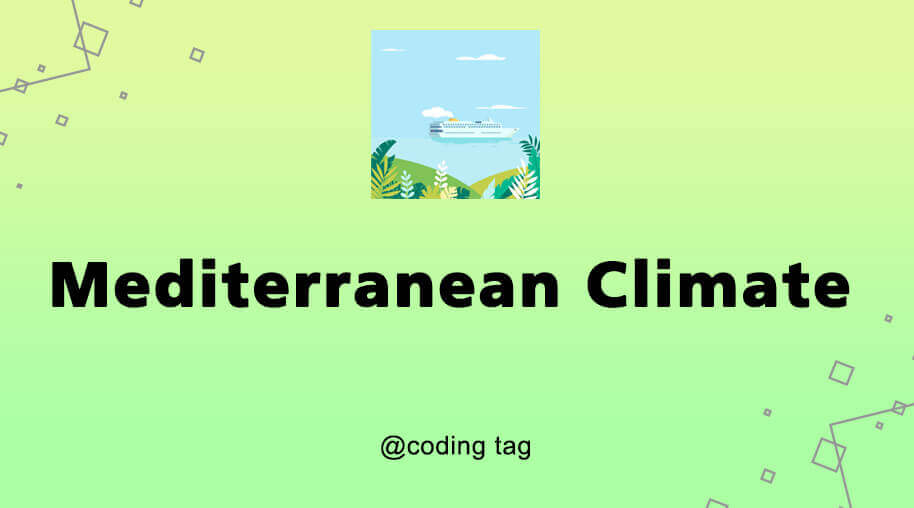
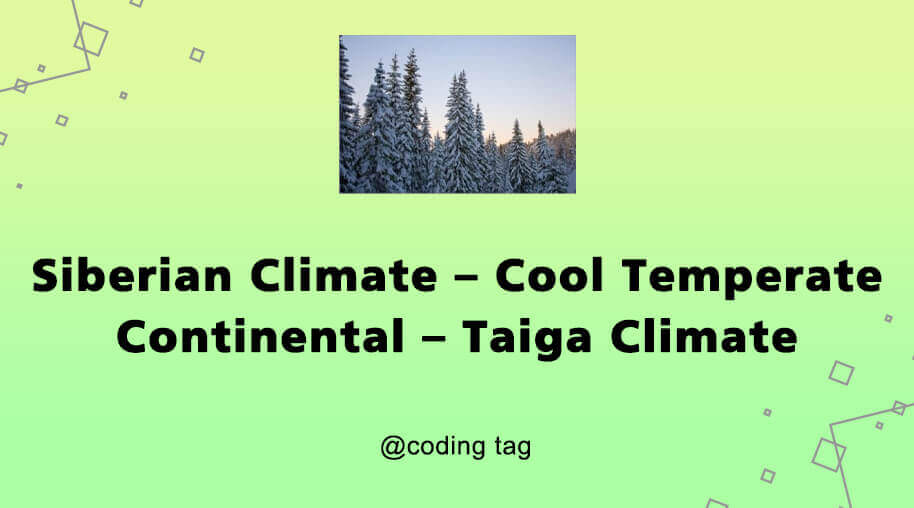


Comments
Waiting for your comments